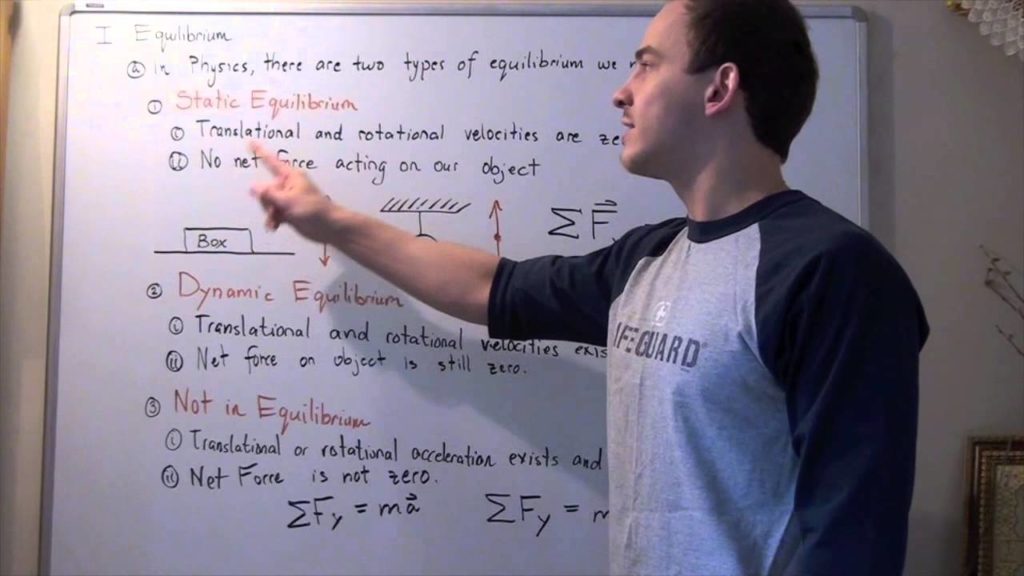What is the difference between static and dynamic equilibrium?
Equilibrium is a term commonly used in any disciplines and it is used to refer to a state of balance. The lesson explains static and dynamic equilibrium and their interrelationships.
The core difference between static and dynamic equilibrium in chemistry. Read through the comparison chart and watch the comparison video for deeper insight.

What Is Static Equilibrium?
Static equilibrium is a condition where the reaction occurring in the system has completely stopped. Therefore, there is no movement between reactants and the products corresponding to the chemical reaction.
An example of static equilibrium is irreversible reactions since there is no further reaction taking place in the system. However, if the term is used in mechanics then it has a different meaning.
What Is Dynamic Equilibrium?
Dynamic equilibrium is a condition where the rate of reactants turning into products and the rate of products turning into reactants is the same or equal.
Dynamic equilibrium can be classified into forwarding and backward reactions. The forward reaction is when there is the conversion of reactants into products.
On the other hand, the backward reaction is when there is the conversion of products into reactants. They type of equilibrium is governed by the Le Chatelier’s Principle.
Comparison Chart: Static Vs Dynamic Equilibrium
| Basic Terms | Static Equilibrium | Dynamic Equilibrium |
| Meaning | It is a state where all the reacting particles are at rest and there is no motion between reactants and products | It is a state where reactants are converted to products and products converted to reactants are the same or equal |
| Changes | No further change will happen in the mixture | The changes keep happening in the mixture to keep the composition equal |
| Reaction rates | Both backward and forward reaction comes to halt completely | Both forward and backward reaction are equal |
| External view of the mixture | Represent the exact situation in the mixture | Do not represent the exact situation in the mixture |
| Application | Quite common in a mechanical context | Quite common in a chemical context |
| Occurrence | Both open and closed system | Closed system |
| Nature | Irreversible reaction | Reversible reaction |
Core Difference between Dynamic and Static Equilibrium
- Static equilibrium is a state where reacting particles are completely halted while dynamic equilibrium is a state where reactants are converted to products and the products are converted to reactants at equal
- Dynamic equilibrium is a situation where changes in the mixture keep occurring while in static equilibrium no further changes
- Both the forward and backward reaction in static equilibrium is halted completely while in dynamic equilibrium the reaction is equal
- The external view of the mixture is represented by static equilibrium but not with dynamic equilibrium
- Static equilibrium occurs in a mechanical context while dynamic equilibrium in a chemical context
- Static equilibrium occurs in both open and closed systems while dynamic equilibrium occurs in a closed system
- The nature of static equilibrium is irreversible reaction while that of dynamic equilibrium is a reversible reaction
Read More: Difference between Isotonic and Isometric
Comparison Video
Summary
In dynamic equilibrium both the forward and backward reactions are equal but in static equilibrium, the reactions are halt completely. However, both these equilibrium terms are used in a mechanical and chemical context.